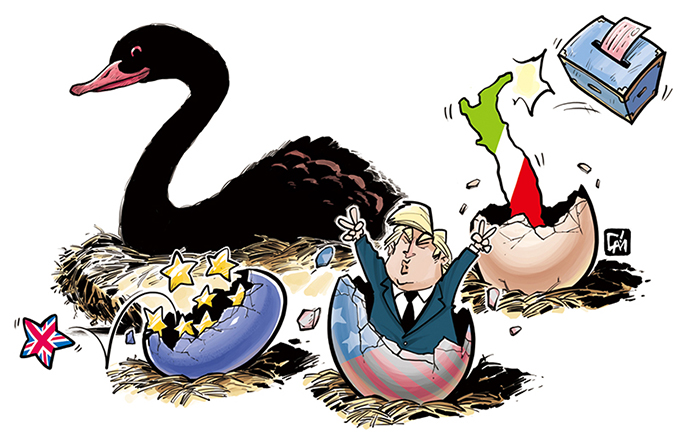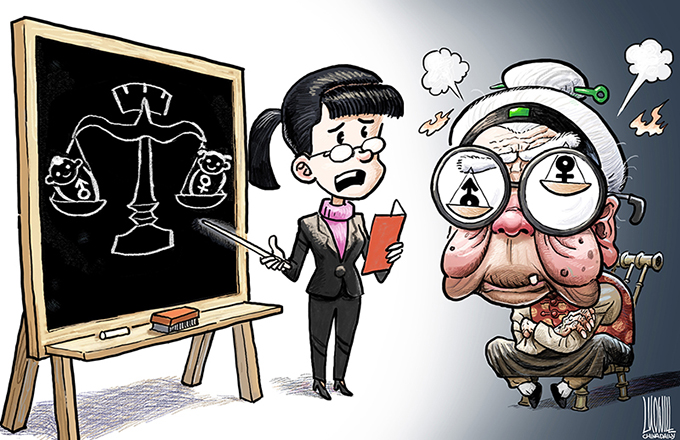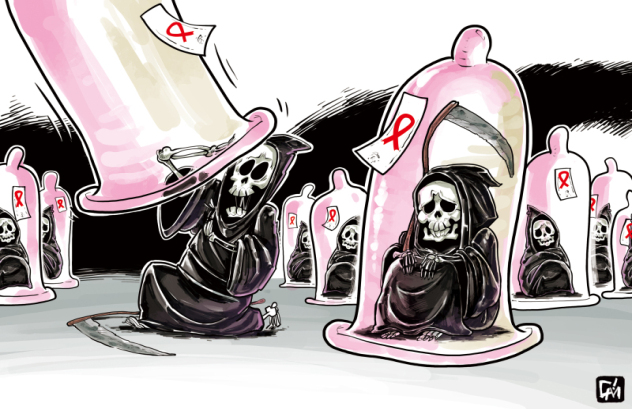Middle income definition should be narrowed
 |
|
A growing number of the Chinese middle class choose to travel abroad. [Photo/IC] |
Standards used to determine who is and isn't part of China's middle class must be reviewed to enable the policy aimed at broadening the class to better identify its target group, a researcher has warned in an editorial article on People’s daily.
Li Chunling, a researcher at the Chinese Academy of Social Sciences, argues a balance between the use of absolute and relative standards needs to be achieved because of the different groups affected.
The debate about the standards has been sparked by the authorities’ determination to enable the majority of society to enter the middle income class. The proposal to increase the middle income group’s proportion of the total population was even included in China's 13th Five Year Plan which states one goal?to comprehensively build a moderately prosperous society by 2020.
"Transferring mode, adjusting structure and promoting balance, inevitably demand broadening the middle income population," President Xi emphasized in the 13th meeting of the Leading Group for Financial and Economic Affairs.
The lack of an unambiguous definition of what constitutes the middle income population among domestic academia makes it hard for governments to come up with a quantitative goal and a specific policy agenda to raise middle income population’s proportion, Li pointed out in her opinion piece.
"Two modes for assessing the population are recognized internationally, they are called absolute standard and relative standard,” Li began. “Currently the absolute standard refers to the poverty threshold set by the World Bank at a daily income of $1.90 per person. It goes on to classify people whose daily income is between $10 to $50 or $10 to $100 dollars as middle income earners. The relative standard mainly refers to the median of income distribution, the floor would be the 50 percent or 70 percent of the median and the ceiling would be 1.5 or 2 times the median."
Li further explained: "Apart from numbers only, the fundamental purposes and range of applications of these two standards of assessment have obvious differences. The absolute standard is set to show the growth trend of the population size and proportion who have already reached a certain baseline, which is more suitable for developing countries and lower middle income countries. The relative standard is to assess the fluctuation of the population’s proportion whose income was located in the middle group of society, mainly reflecting the trend of income inequality development, which is more suitable for developed countries and high income countries."
"In other words, the absolute standard suits a more growth-type society to consistently improve people’s income and living standards, while the relative standard would be more suitable for an improved society, where the majority of people have already achieved a good situation and would like to chase for more equality within the society," Li added.
"Three years ago, China became a middle income country and is firmly heading for the high income club. To help more people escape poverty and pursue a fairer and more reasonable income distribution, both standards are meaningful when assessing the middle income population. While authorities still should be aware that assessed by a different standard, the populations being targeted are different, so the policy makers need to cautiously work out which group they’re about to give priority to, or how to achieve a balance," Li concluded.






















